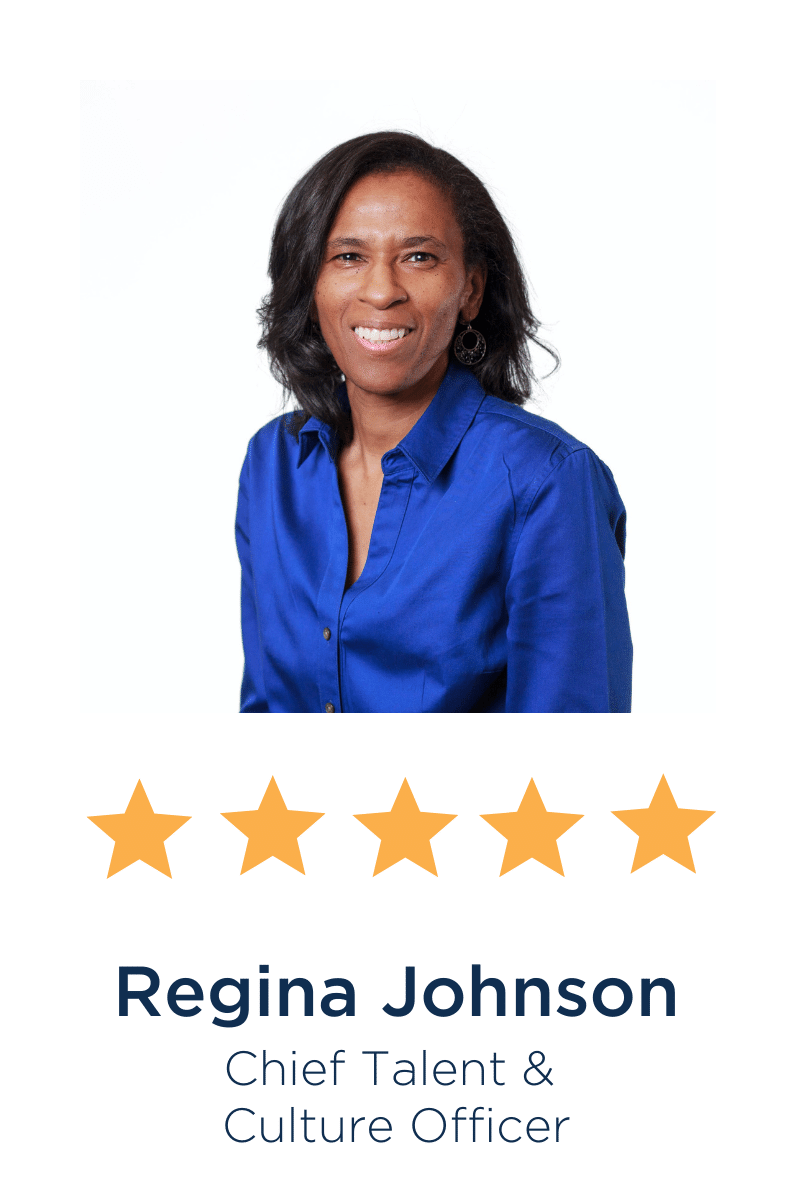Succession Planning Assessments
Use our assessments and methodology to plan for your ideal future leadership. We help you build your leadership pipeline by calibrating your current leadership and culture so that it aligns with where you're headed next.
Schedule a Consultation
What is succession planning?
Succession planning is a critical process for keeping a steady flow of talent, and especially senior leadership, within an organization. It's a critical process of preparation and developing a pipeline of high potential talent to serve the long-term and changing needs of an organization.
Organizations need the right leaders in the right roles at the right time. Effective succession planning helps organizations achieve that.
It's about identifying and replacing employees and making that process as smooth and cohesive as possible. It's not about replacing someone as quickly as possible, but rather about finding a future successor who's the most prepared, with the highest likelihood of success who can fit in easily with existing teams and employees with minimal friction. Or, where a turnaround is warranted, identifying the best person to rock the boat just the right amount.
Why make succession plans?
Succession planning is about preparing your business for the future. It's important to identify the changes occurring in your industry and envisage the challenges that may present themselves in the future. Leveraging that knowledge allows for the implementation of a succession planning process that not only fills the empty gaps in senior and executive positions but also focuses on training and developing new leaders across the organization. Succession planning also enables you to draw up a roadmap for the growth you'd like to realize. It's a critical tool for optimizing performance and creating motivation for employees who aspire to executive positions.
Benefits of Succession Planning:
- a more diverse range of leaders through a better process of identifying high potential successors
- knowledge for better decision making about investing in employees' development
- knowledge for making better decisions related to promoting team members to senior positions
- better career prospects for emerging leaders
- stronger organizational culture through identifying the right leadership candidates that embody the organization's values.
- greater organizational stability and resilience
Required Across the Entire Org Chart
Succession planning is not just about finding a successor for the CEO and other executive leaders or key team leaders. It's an important organizational strategy that applies to all talent across the organization. The objective of succession planning is to keep the workplace relevant to constantly evolving dynamics.
Succession planning keeps hiring costs down and improves employee experience and retention rates concurrently. Good succession planning has a positive effect on every employee because the company has proactively prepared for leaders' departures which allows the rest of the team to carry on in the event of a sudden departure. It's also a critical career development tool since employees' performance and potential are evaluated and accounted for. A good program will support staff to step up when the time is right and create exciting opportunities that employees can aspire to.
Succession planning is now more relevant than ever as a generational workforce of baby boomers retires. Companies need to find suitable candidates to pick up the leadership roles and push the organization forward.
Schedule a ConsultationThe seven steps of succession planning
The succession planning service we offer takes your management or HR team through seven key stages.
- First, we work with you to identify key positions within your organization. This involves identifying the qualifications that are crucial to your company's success. Working from this, we look at key skill sets and knowledge as well as develop initial job profiles of what kind of people your business needs.
- Understanding what skills, knowledge, and qualifications are key to your workforce, we explore where we might lose these skills in your workforce. Which positions are becoming vacant? We'll consider not only who might be about to retire, but where there might be any maternity or other types of extended vacancies. You could opt to look at all positions from the top down throughout the organization, or if the need is pressing, look first to the most immediate gaps and high-risk positions.
- Next, we develop job profiles so we can create a template for finding the ideal person for the position in the future taking into account the skills and qualifications of the employee currently in the role. The objective for these templates is to very specifically hone in on and describe what you need from each position in your company.
- You'll want to build a pool of talent through your normal recruiting process and ideally look to employee referrals. You'll also need to work on training and developing staff to prepare employees for future leadership positions. Looking at the performance of current staff, we can help you identify key staff that have the potential to be successful as leaders. Where there are immediate pending vacancies, we'll get straight into identifying and appointing successors.
- Implementation of the plan really kicks into gear when we then look at sourcing successors within your organization. Your succession plan should build a bench of potential candidates for roles within each department. Current leaders should make potential candidates aware there's room for them to take up leadership roles in the future and should be training and investing in these staff to prepare for them to take the reins. Where you're sourcing successors externally, we'll provide rigorous selection assessments to determine not only the best fit in terms of qualifications but also soft skills and how well the potential candidate will mesh with existing teams. Management consultation is integral in this stage to ensure company objectives and strategies are aligned when onboarding successors.
- As departure time approaches for vacating employees, it's time to include the departing employee in the handover process. New employees should be oriented by their predecessor over a decent period of time before the departing employee leaves. Too often, a successor's chances of success are thwarted by an ineffective handover effectively throwing the successor in the deep end. For key positions, there's a number of complex tasks and processes a successor needs to get their head around for a smooth transition. However, if a handover goes on for too long, it limits the successor's prospects to take ownership of the role and bring fresh perspectives if they become too embedded in the 'way things have always been done' by their predecessor. If a successor is too influenced by their predecessor, an organization loses some of the forward-thinking and future skills for which this candidate was selected. Handover processes that strike the right balance and offer guidelines as to how a handover can best be conducted in the business are a helpful addition to succession plans.
- Lastly, following handover, HR/management needs to document the transition noting how the position was filled, and how the process went to better inform future succession plans.
A Review of Succession Planning
Succession planning is the equivalent of packing an umbrella. All businesses have to deal with losing staff. Having a succession plan in place means the business has a clear strategy for a rainy day. Succession plans increase the likelihood of finding the best talent in a timely fashion. With some research, clear objectives, and well thought out implementation, the succession planning process is a roadmap for businesses through the often traumatic times a company faces losing a great leader.
Schedule a Consultation
See What Our Clients are Saying About Us

“When I started as the Chief Talent and Culture Officer and began getting to know my new team, the work that Kutsko Consulting had done before I arrived was incredibly helpful. It was a crucial part of my first 30-day plan and made it much easier for me to do my job. We are now off and running!”



